Creating Killer Content is a great way to build trust and authority in your industry as well as get more traffic to your website, email newsletter, social channels, and more. But how do you make sure that all this hard work pays off?
How do you make sure the content you create actually gets seen? Whether you’re just starting out or already have an established business, it helps to think about your audience when creating content in order to develop killer strategies that’ll deliver results for years to come!
AFFILIATE DISCLAIMER: I SOMETIMES LINK TO PRODUCTS AND SERVICES TO HELP COVER THE COSTS OF RUNNING THIS BLOG. THERE’S NO EXTRA COST TO YOU – AND I ONLY RECOMMEND PRODUCTS THAT I’VE BOTH USED PERSONALLY AND THINK ARE QUALITY PRODUCTS THAT HELP WITH EFFICIENCY. PLEASE READ MY AFFILIATE DISCLOSURE FOR MORE INFORMATION. THANKS FOR YOUR SUPPORT!
Table of Contents
- Understanding Your Target Audience
- Developing a Content Creation Strategy
- Crafting Compelling Content
- Distributing your content
- Measuring Success
- Understand and Engage with Your Audience
- Conclusion
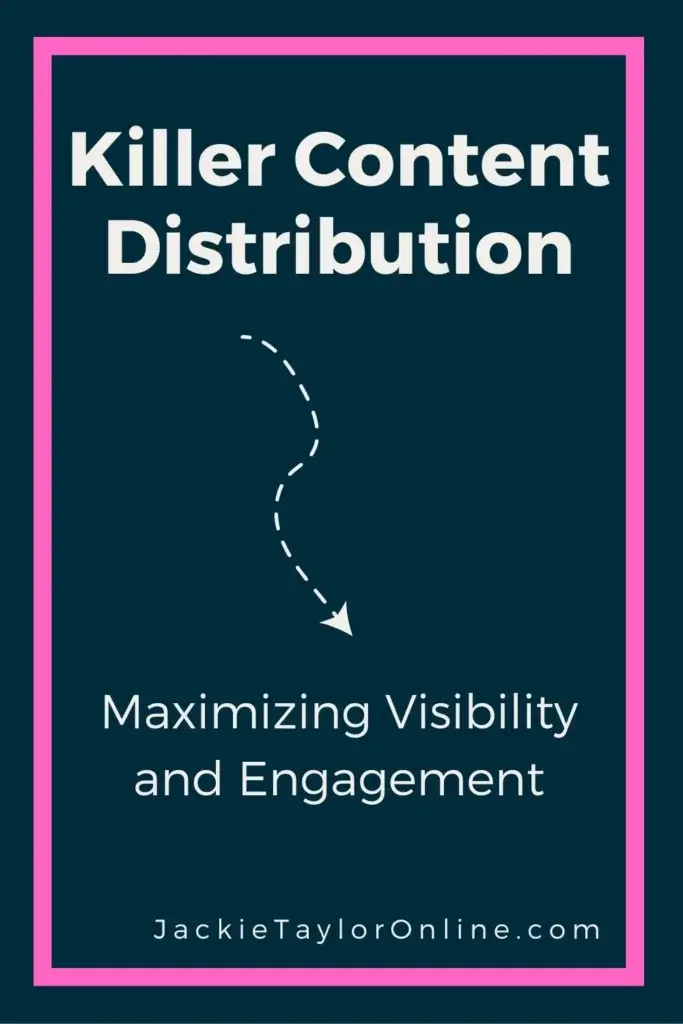
Understanding Your Target Audience
- Who is your target audience?
- What are the demographics of your target audience?
- What are their psychographics (how they think)?
- What are their interests, hobbies, and passions?
- Are there any pain points that you can address in your content creation process?
Gone are the days of client avatars named Kelly with a killer backstory and no real customer interests to target. It doesn’t matter what you name your client avatar. It matters what your client avatar’s interests are and what they find important enough to spend their disposable income on. Especially in times when inflation if high and spending has gone down.
What matters is your customers interests, pain points, where they like to hang out online, and what they’re willing to spend money on. You have to fully understand their needs and wants first.
Then, you have to create a killer offer that solves a gaping wound problem. Ideally, something that solves their problem in the shortest route possible. If you can provide convenience and speed, your offer will sell.
Related Article: Understanding the Difference Between Target Market and Target Audience
Developing a Content Creation Strategy
According to Content Marketing Institute, “71% of B2B marketers say content marketing has become more important to their organization in the last year [2022].
As you develope your content strategy, keep in mind who your target audience is and what they’re looking for. The more relevant the information is to them, the more likely they’ll be to engage with it. Remember, income level doesn’t determine spending. Interests mixed with income determine spending.
The first step of creating a content strategy is figuring out what type of content works best for your business. You may want to develop videos or create written posts. Either way, the key is making sure that whatever form it takes fits within the scope of what makes sense. Find what makes sense for your brand identity (and your goals).
Think about these questions when you’re starting your content strategy.
- What type of content does my audience like to consume?
- Where does the majority of my audience hang out online?
- Where do I like to hang out online? (If you can be a consumer first, you’ll be a better creator.)
- What type of content do I like to consume? (If you’re a consumer, you’ll know what content resonates the best.)
- What type of content do I like to create? (If you enjoy creating it, you’ll create more and have less burnout.)
If you’re really serious about creating a content strategy, check out this article: Content Strategy Framework: As Easy As ABC.
Crafting Compelling Content
There are a lot of ways to create content. But if you want content that’s compelling and attracts your audience like bees to honey, you need some pointers from professional copywriters. Those whose job it is to ethically persuade people to buy simply using words. Whether they’re written or spoken.
- Use a conversational tone, meaning write like you speak. Use contractions, so you don’t sound like a robot.
- Speak like you would to a friend or family member. Using language that feels natural and real to you, rather than trying to sound “professional” all the time. (Otherwise you come off as stiff and robotic). The more comfortable you are speaking in front of others, the better! You can even start by writing to you someone you know and edit their name out at the end.
- Write with your audience in mind, so write to be helpful first not just to get a sale.
- Use a friendly voice and leave out the jargon, if you can.
- Bust through objections with “even if” statements. Learn how to create better Canva designs, even if you can’t color a children’s coloring book.
Check out Anne Handley’s Book Everybody Writes for even more content writing tips and advice. You can read my full review of the book in this blog post, Mom Entrepreneurs: 5 Books to Level Up Your Business.
Distributing your content
Once you’ve created your killer content, how do you get it in front of the right people? It’s all about your distribution strategy. Where, how, and when will you distribute your content?
Also, it helps when creating your main piece of content to think about the other platforms you’ll be distributing your content to. This helps you create with those other distribution channels in mind. It makes repurposing content a whole lot easier.
Social Media Content
Social media is a great place to distribute your content for free. It’s also an effective way to build an audience. On that’ll be more likely to buy what you’re selling once they’ve liked or followed your page for awhile. Traditional social media includes Instagram, TikTok, LinkedIn, Twitter, and Facebook.
Evergreen Content
This type of content comes from longform content like blog posts, podcasts, or longform YouTube videos. These types of content also give you a much longer shelf life as the content can bring in traffic long after you hit publish.
Pinterest is another platform that offers evergreen content because it isn’t traditional social media, but rather a visual search engine, much like YouTube. In fact, Pinterest generally does better the longer your content is on the platform. These are slower growth platforms with longterm results.
Types of search engines include traditional search engines like Google, Yahoo, and Bing. As well as visual search engines include YouTube and Pinterest.
Related Article: How to Create Evergreen Content
Email Marketing Content
Email marketing can be as simple as sending an email newsletter. Send each new post or offering special discounts when readers sign up for updates from your business. But it also includes sales emails where you promote your offers or affiliate offers.
Email is one of the few ways to access your audience without an algorithm to contest with. And email is like an insiders view of your business.
You should be serving up the best content, and giving your subscribers access to new offers first.
Email is one of the best investments for your business. According to Litmus, the ROI of email is “For every $1 marketers spend on email marketing, they receive $36 in return.”
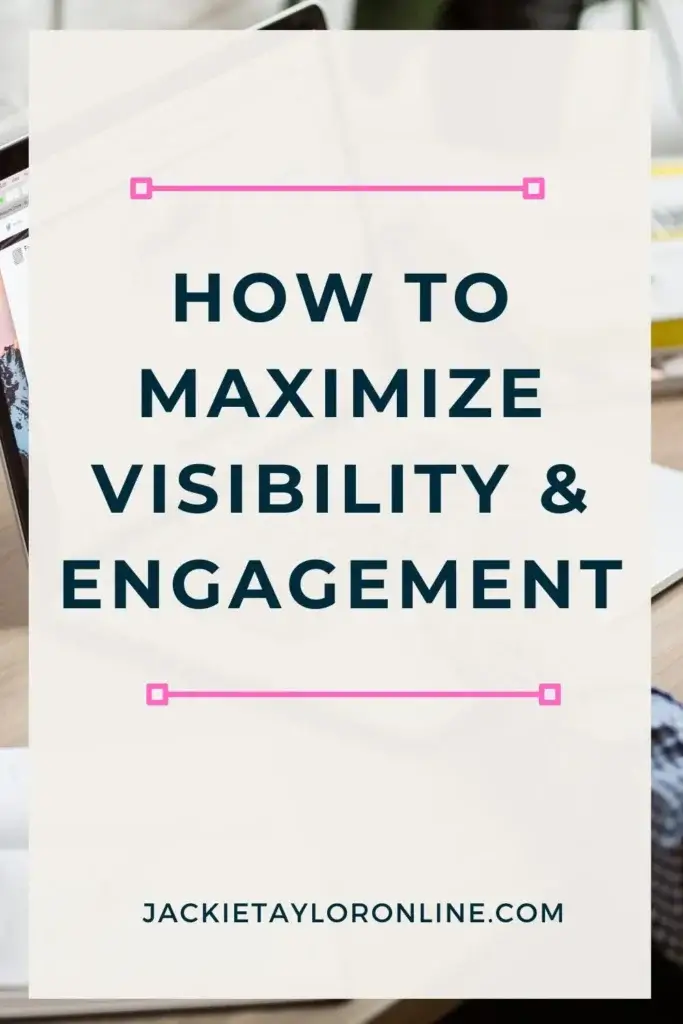
Content Optimization
Search engine optimization (SEO) helps boost website traffic by making sure your site is optimized for search engines like Google and Bing.
The goal is to rank higher when someone searches for keywords related to what you already offer on your website. Hashtags and keywords in your social media content are another way to optimize your content and make sure the right people see it.
And of course keywords for other platforms like Pinterest, YouTube, and even your podcast. Keywords play an important part in your content creation strategy. What good does it do to create quality content for your ideal buyers if they never see it?
According to MarTechCube, “45% of all online content goes unseen.” That means 45% of content created never gets in front of the right people, let alone seen at all. That’s huge. And that’s why SEO is a huge factor for you business.
Related Article: The Ultimate SEO Guide: Drive More Website Traffic
Paid Marketing
You can use the content that has performed well organically to create better paid ads. Paid marketing is something that doesn’t need to be used until you have steady money coming in. So get your content creation machine working properly and analyze the data to tweak your strategy as you go.
Once everything is working well and you’re seeing a steady stream of income, that’s when you can should start looking into paid marketing.
You’ll have data to follow, so you aren’t wasting money on ads.
With the data to back you up, you’ll have a place to start, instead of trying to guess. That can get expensive quickly.
Measuring Success
You should also measure the impact of your content on your business. This can be done with a few simple tools and reports, including Google Analytics.
You’ll want to measure the impact of your content on your audience as well. You can do this by looking at their engagement with the site, where they came from (social media or search), what time of day they visit most often, how long they stay for each visit… You get the picture!
And finally, it’s important to understand how well your content is performing in terms of brand awareness or even SEO (search engine optimization).
Understand and Engage with Your Audience
The more you understand and engage with your audience, the better content you can create for them.
- Understand your audience: Who are they? What do they want? How are they different from other groups of women in similar industries or life stages? Once you have this information, it will be easier to create content that resonates with them.
- Create relevant content: It’s not enough to just put out any old thing on social media or your blog; if it doesn’t have value for someone who fits into that particular group of people (and there may be many), then it won’t go do well in terms of reach and engagement.
- Distribute through multiple channels: Don’t just post links on Facebook and hope people follow along–use email marketing tools like ConvertKit or Flodesk to send out emails containing links back into your website where more information can be found about whatever topic interests those potential customers most at this moment in time (e-commerce software options).
Conclusion
We hope the Mompreneur’s Guide to Killer Content has given you some inspiration and insight into how you can build a successful business by creating killer content specifically for your ideal buyers.
How can I understand my audience better?
What matters is your customers interests, pain points, where they like to hang out online, and what they’re willing to spend money on. You have to fully understand their needs and wants first. Then, you have to create a killer offer that solves a gaping wound problem. Ideally, something that solves their problem in the shortest route possible. If you can provide convenience and speed, your offer will sell. Learn more in the Mompreneur’s Guide to Killer Content.
How can I create content that attracts the right people?
When you’re developing a content creation strategy, it’s important that you keep in mind who your target audience is and what they’re looking for. The more relevant the information is to them, the more likely they’ll be to engage with it. Remember, income level doesn’t determine spending. Interests mixed with income determine spending. Learn more in the Mompreneur’s Guide to Killer Content.
-
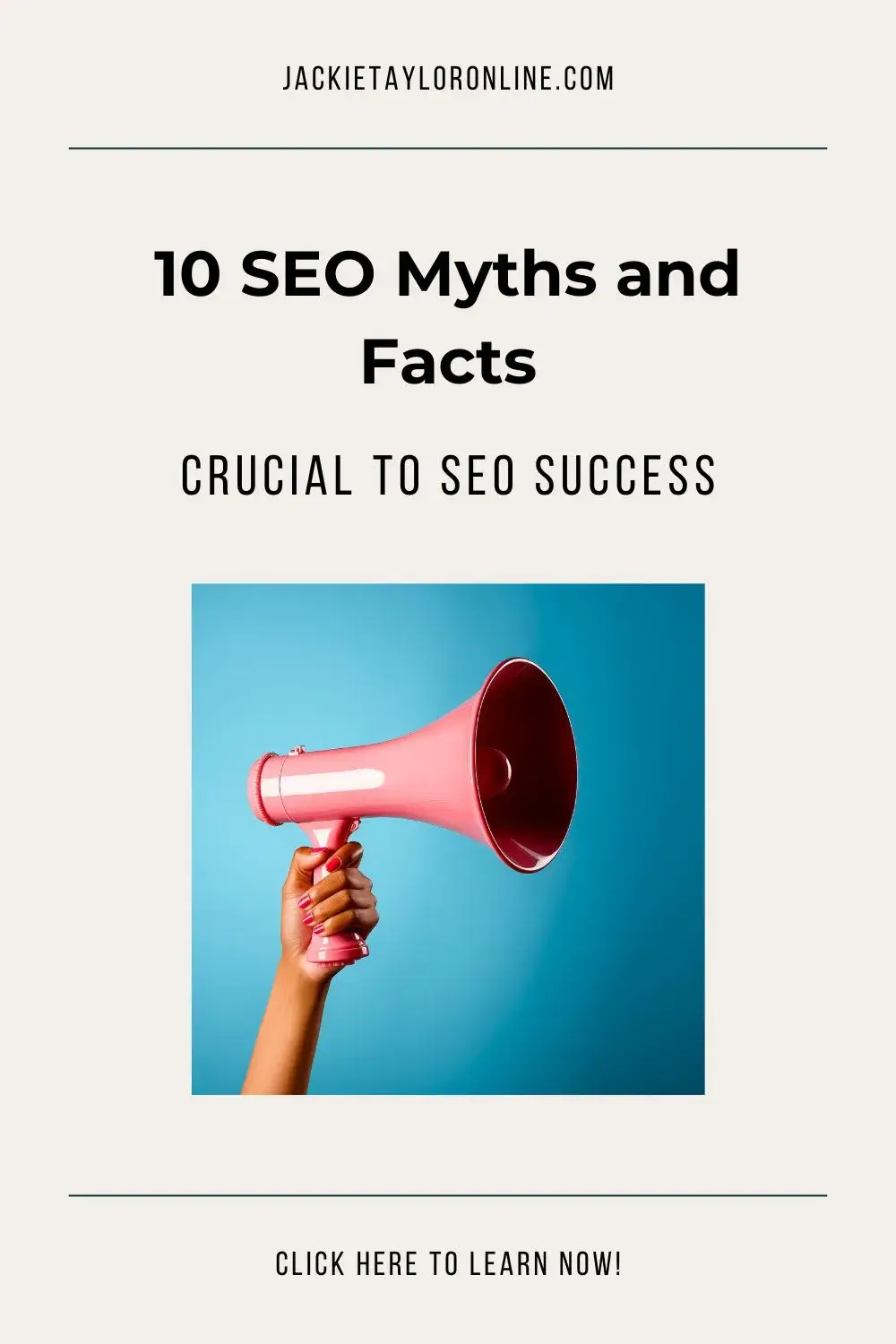
10 SEO Myths and Facts: And how they’re crucial to your SEO success
-
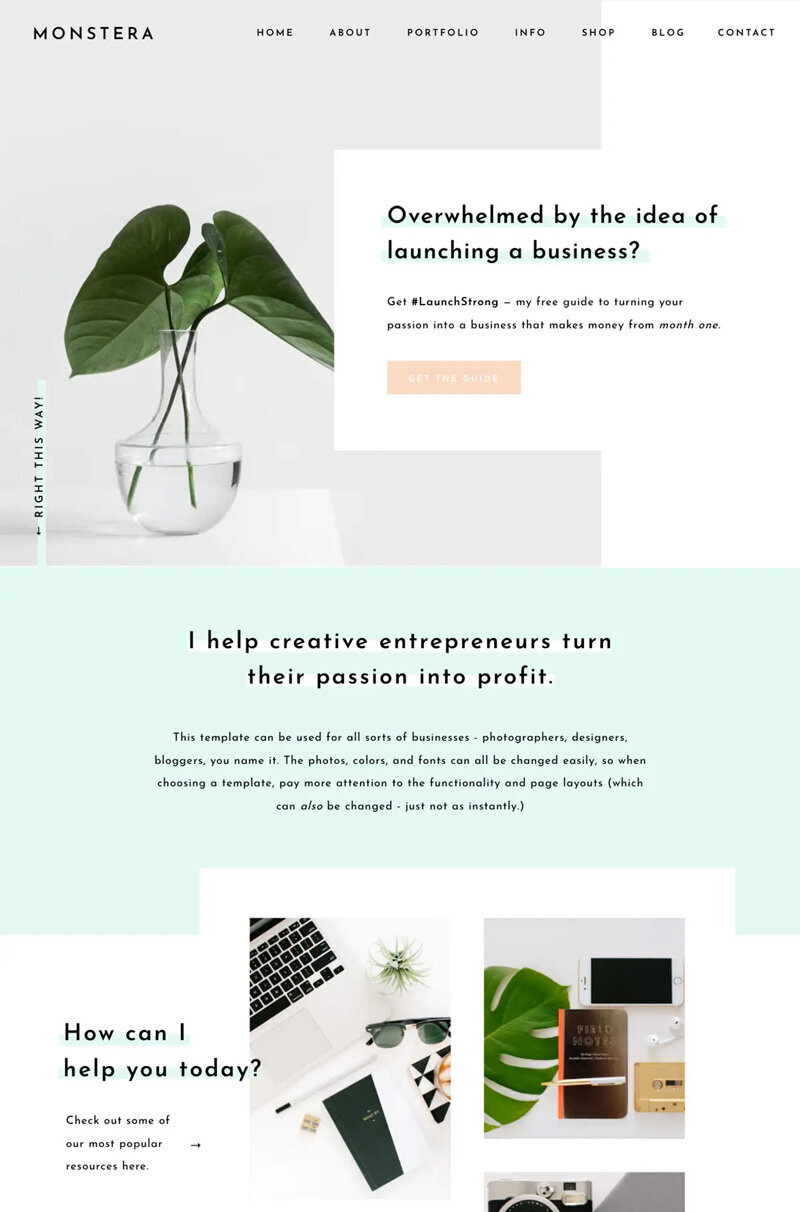
Showit Blog Templates
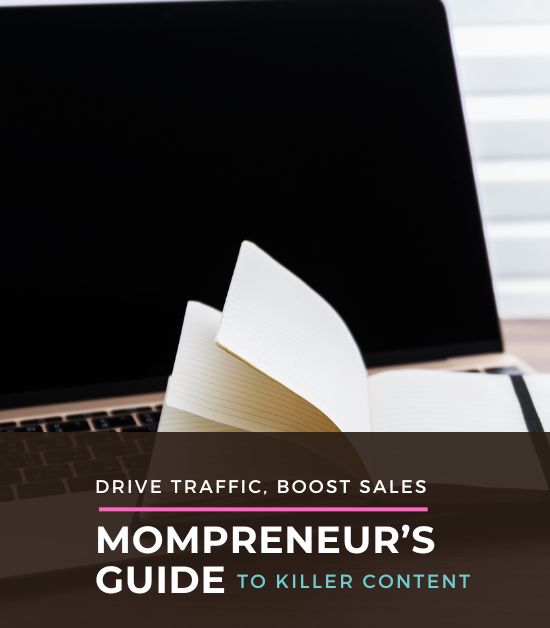
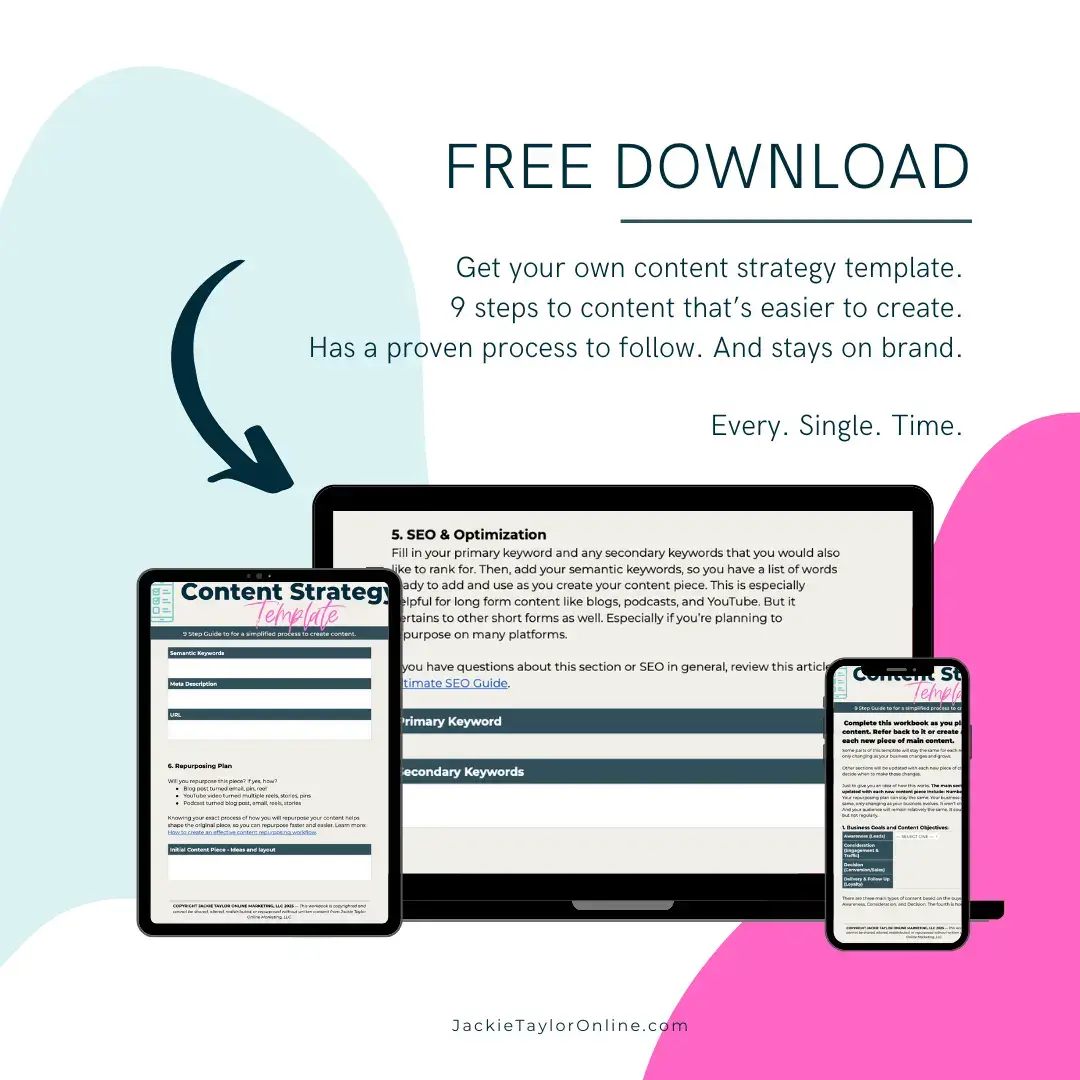
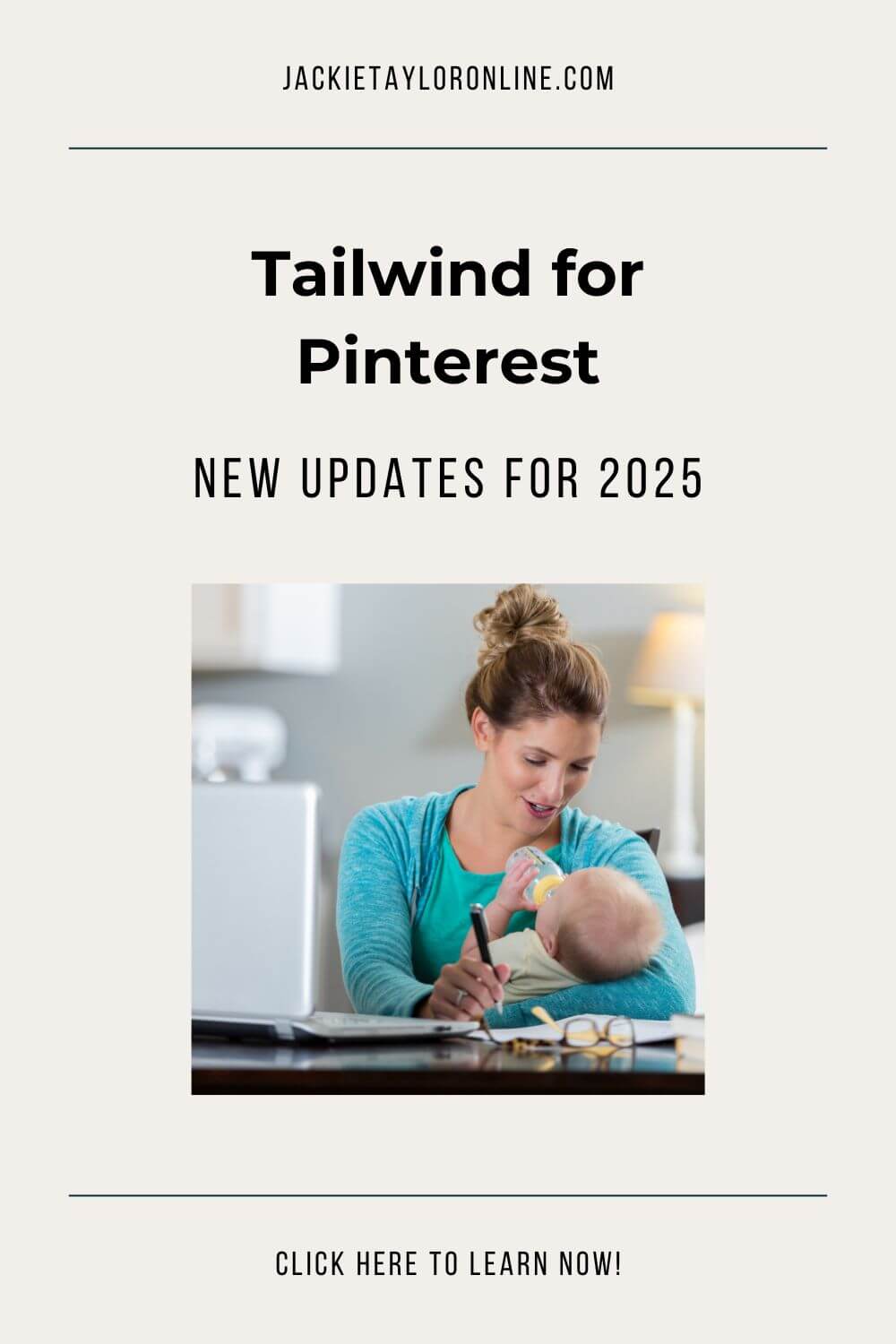
+ show Comments
- Hide Comments
add a comment